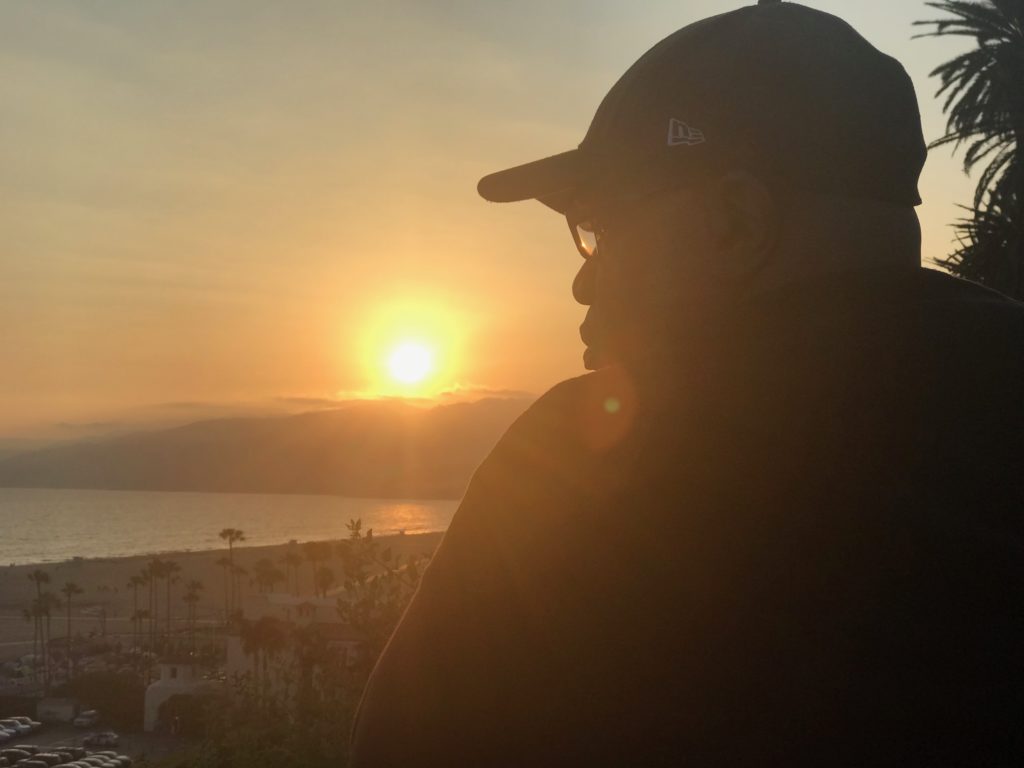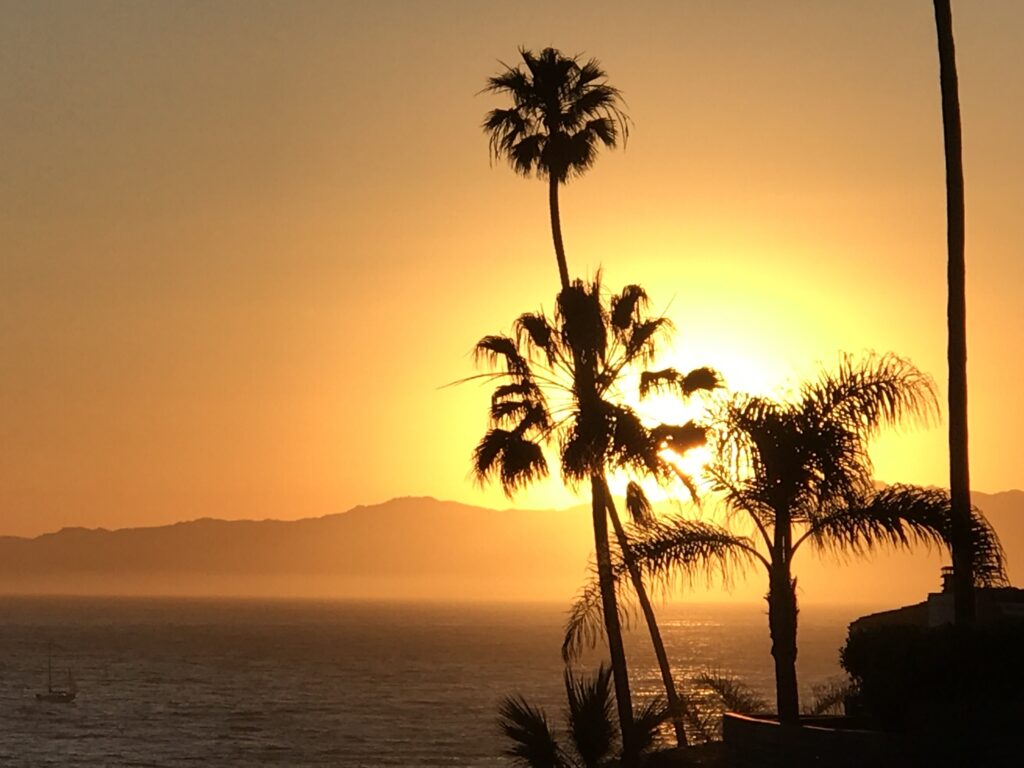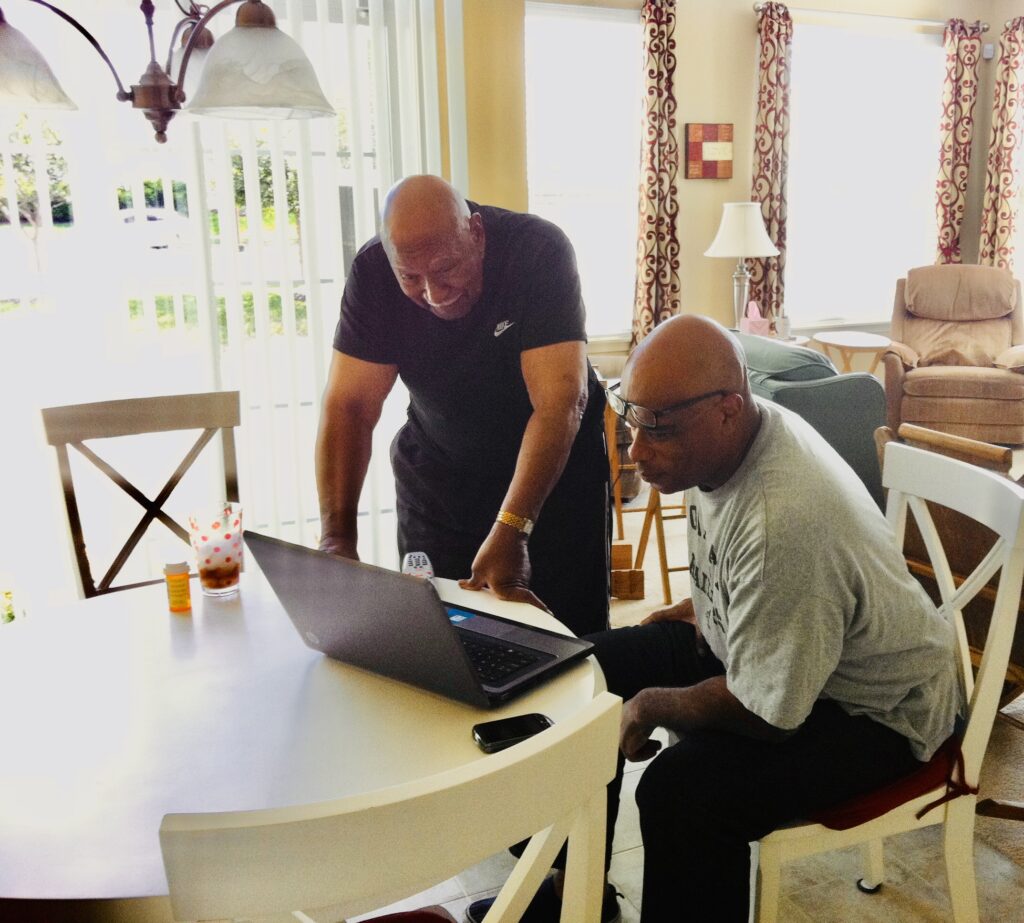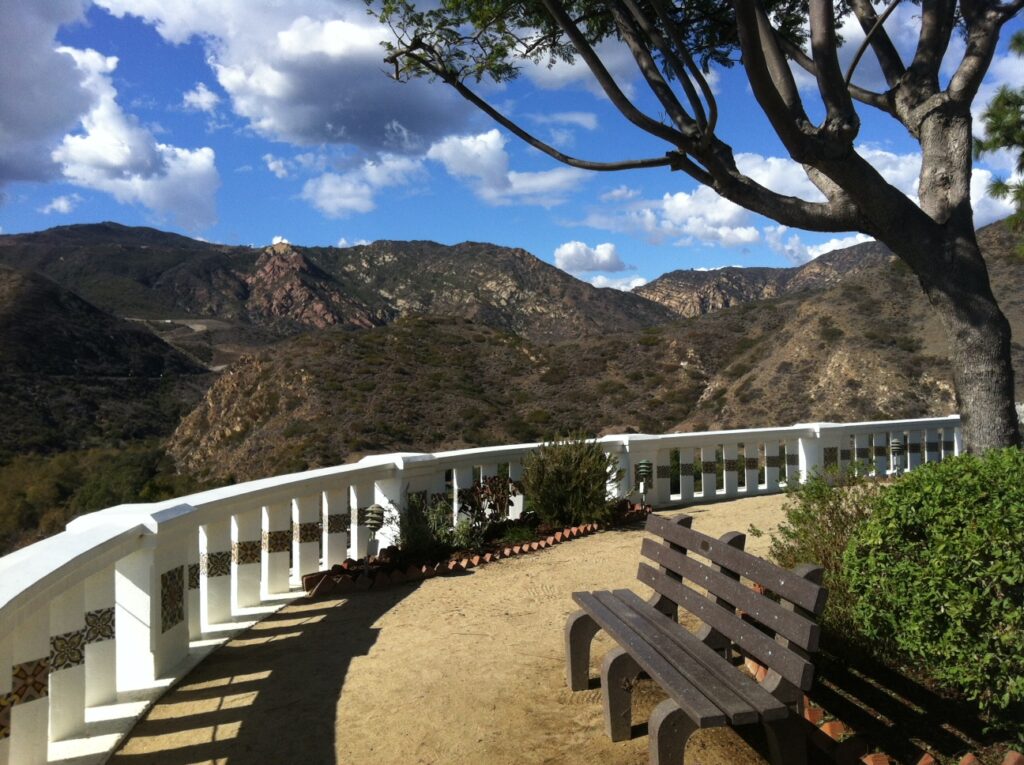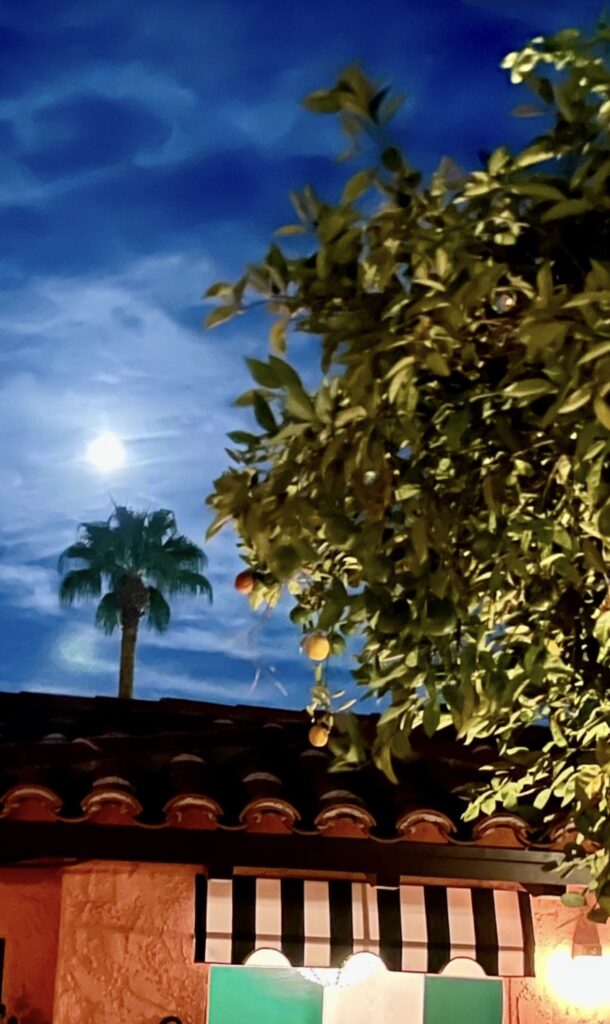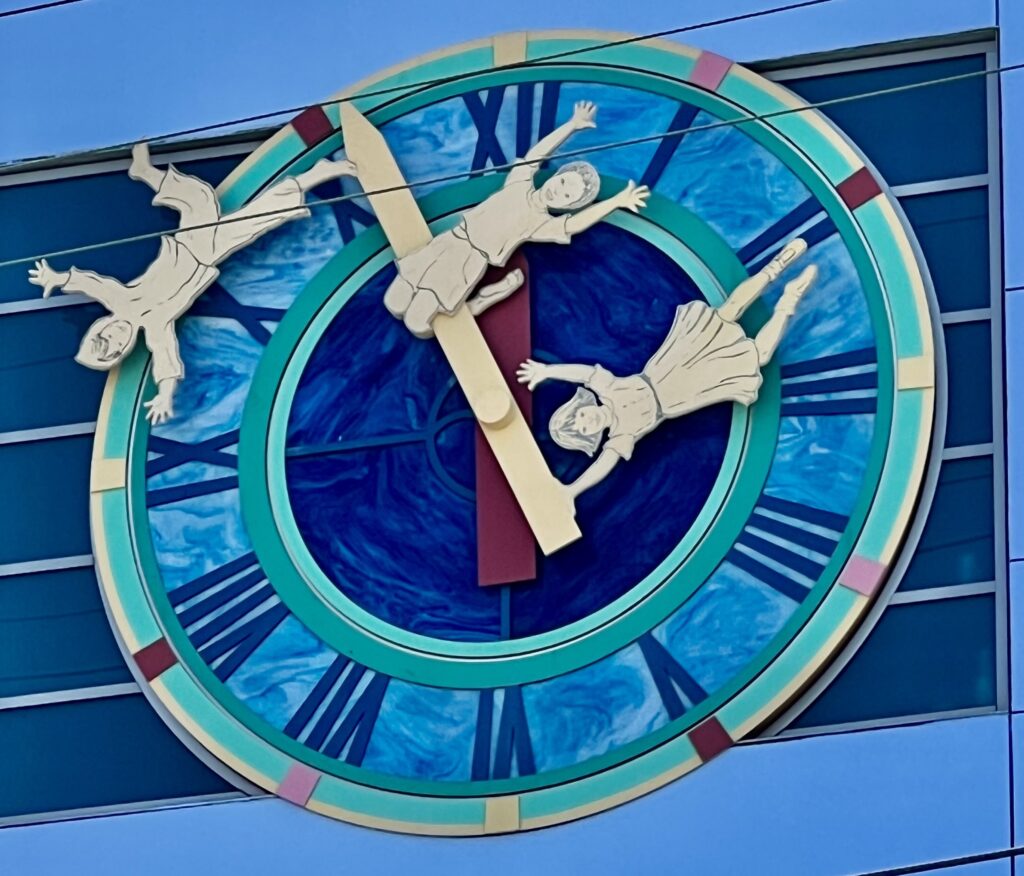Disclaimer:
Regardless of what your view on God may be, He wants to have a relationship with you and I. By the way, this isn’t a religious pitch.
This isn’t a ploy to try and get you to see things as I do or indoctrinate you.
Each one of you receiving this post every month are my friends, I respect you and care about you very much. Yes, (and you would know this) even if you don’t believe as I do or we don’t agree, I’m not a disagreeable person…. anymore! LOL
Many have concerns about our nation and indeed the world. I’m asking you to join me in prayer for both. I’m not talking politics or blame here, but asking we share a concerted effort in asking God; what He would have us do for family, friends, neighbors, and fellow citizens. I don’t care where we find ourselves in life, we will need the help and assistance of someone at some point, if it hasn’t happened already.
We never know where we may find ourselves in life, what situation or circumstance, as life has funny twists and turns. What I’m saying today is; you may have a chance to be a blessing in someone’s life ….please, don’t pass it up.
One never knows when, where or how they may be working for God in ways of being a blessing they never thought imaginable on someone’s behalf. Some have fallen on hard times unexpectedly, and this may continue. If it does, there is nothing like a person that comes in your life as “a bridge over troubled waters” in just the right season, like a cool drink of water in a desert at just the right time.
The good news is that we can all do something whether it’s great or small. Never underestimate the power of our contribution. We may not be able to contribute doing the same thing in the same way, but a contribution is ranked based on the need in that moment.
When I encourage that we could “be a blessing,” what I’m saying is that, there are certain things within our power where we can make a difference. You know what that may be and how you might help alleviate a load, convene a moment of sanctuary for a friend.
Some of you reading this post right now whom I know personally, are some of the best at this. In your own way, you find a way to quietly and discreetly contribute; helping family, friends, neighbors, causes, through your businesses, God given skills, you touch lives and families in ways that only God would know.
In your opinion; there is no need to blow a trumpet or sound an alarm over the things you do but there are a lot of grateful people I believe I can speak for, in saying THANK YOU.
We are living in times that you and I may be called upon to show kindness, compassion, and care, at inconvenient times, in moments where all “your ducks aren’t in a row” and you are called upon to choose, do I serve, or do I pass the opportunity elsewhere?
Some will be called upon to share and even contribute financially if the need arises, so don’t back down or shy away from that opportunity either. Could it be that God has provided for you to be a blessing? Some of you may be a blessing from your kitchen, in cooking or baking, others may be instrumental in visiting hospitals as you stand and console families through a difficult time. Some children may need a big brother or sister who finds themselves orphaned.
Being a patient listener to someone who has no one to confide in, is vital to that one who doesn’t have anyone to confide in, as they dangerously live with an overloaded circuit. I find that in the end, it isn’t the wisdom I offer but the wisdom they actually hear and implement as their solution. Being supportive is a worthwhile venture, be willing to convey the blessing to someone else, you never know how far it may go. anablepsis.


